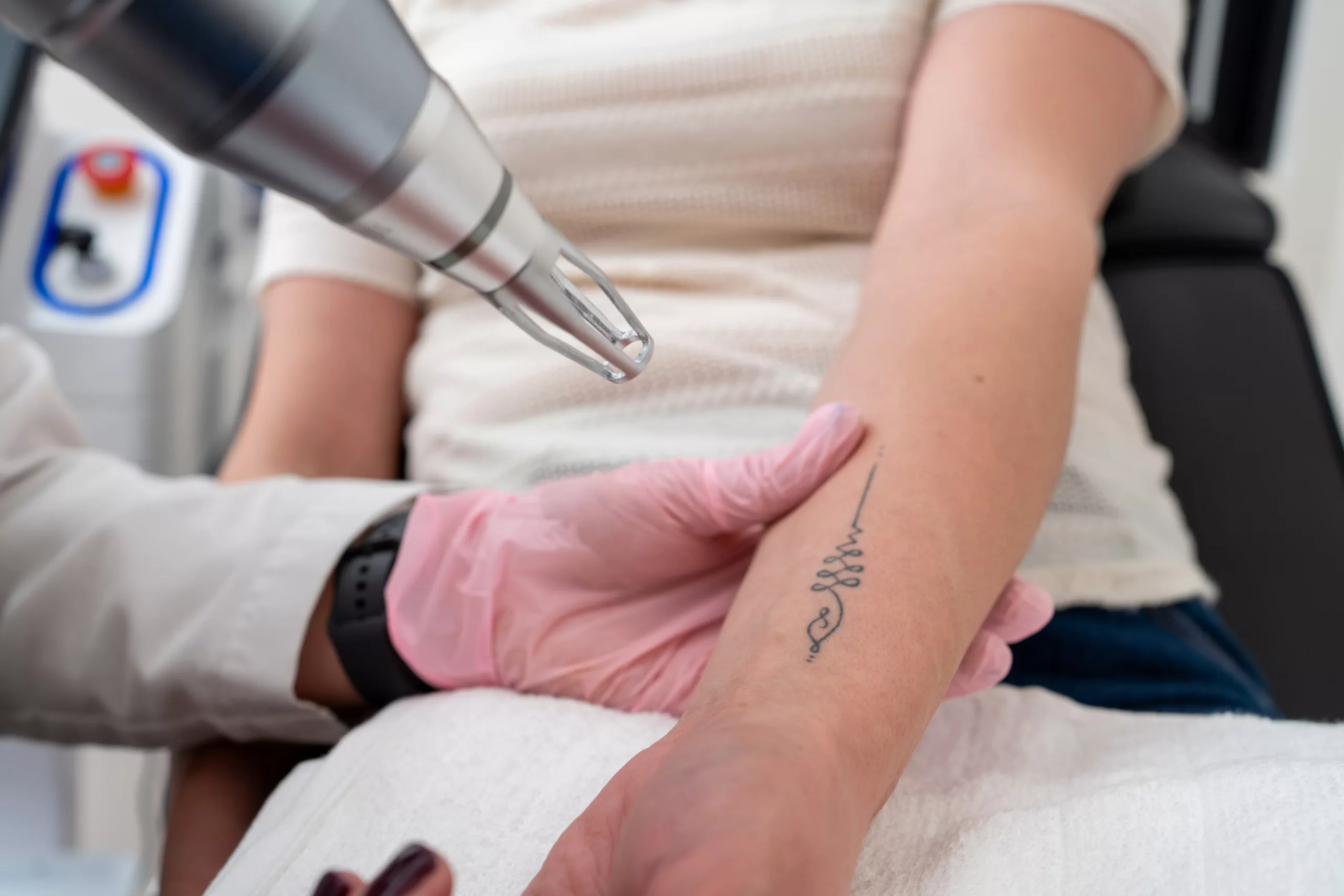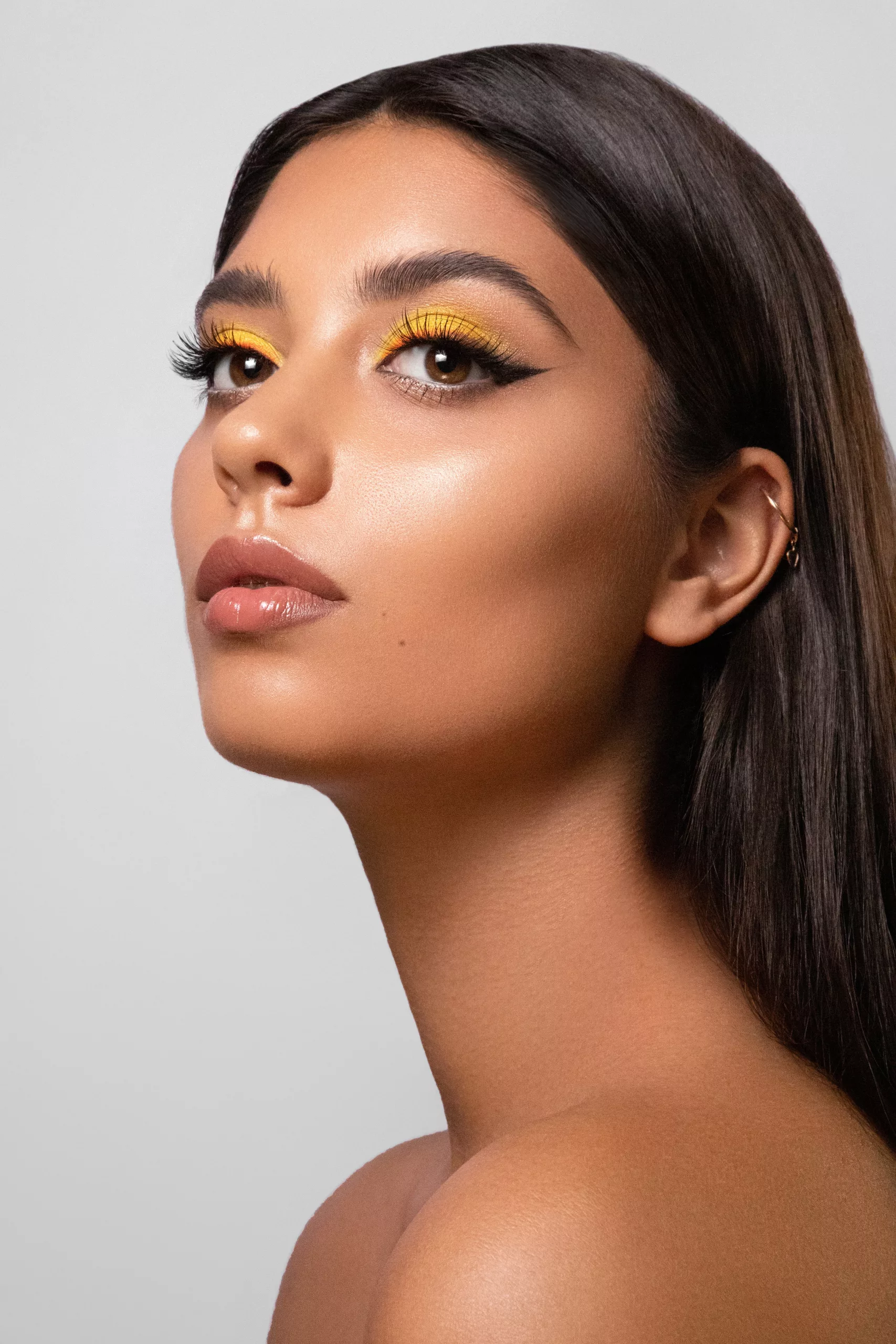
Cynosure’s Picosure laser differs from other tattoo removal lasers in that its very short, picosecond pulses target the tattoo pigment more specifically, allowing it to be destroyed by photomechanical action.
As a result, the energy level used by the Picosure laser is lower than other lasers and side effects on surrounding tissue are less significant.
As a result, healing is faster and laser tattoo removal sessions can be performed more frequently. (monthly with the Picosure laser, whereas Q-switched lasers require sessions every 2 to 3 months to allow the tattooed area to heal).
The Picosure laser is ideal for tattoo removal. It can treat all colors (except red), including blue and green, which were previously inaccessible.
Dr. Molinari uses both the Picosure and Q-switched lasers: during the preliminary consultation, after a clinical examination, he will propose a treatment protocol well-suited to your case.
The Picosure laser can also be used for tattoo removal in cases where the Q-switched laser has failed, for very dense or large tattoos.
The Picosure laser can also be used to remove sun spots on the face, hands or décolleté, or to remove café au lait spots (brown age spots).

The side effects to be expected after a Picosure laser treatment are: pain, immediately after the treatment, followed by the secondary appearance of scabs or blisters. Complete healing may take up to two weeks.
In any case, healing after a Picosure laser session is much faster than with a Q-switched laser, for the reasons outlined above.
61 Bd des Invalides, 75007 Paris
Since setting up my own business, I have spent 4 years taking additional university courses focusing on aesthetic and restorative medicine.
Copyright © 2024 | Legal notices